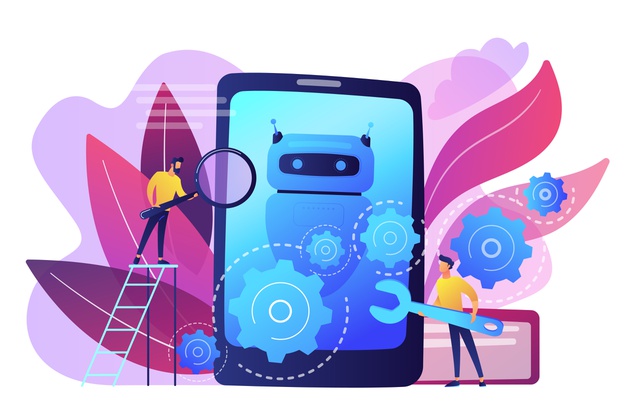10 Best Chatbot Development Frameworks
People are always online and find it easier to make inquiries from a business about their products or services online instead of having to call a customer service hotline. There is thus a large volume of customer inquiries coming in and businesses may not be equipped to respond to them individually.
Most inquiries do not require a sales representative immediately and chatbot technology has been crucial in handling these interactions with customers.
As businesses recognize the importance of chatbots, they have been accessing AI development services to implement tools and solutions to manage interactions with customers. When building a chatbot for a business, there are various development frameworks that can be used.
While they each have their pros and cons, these are the 10 best chatbot development frameworks available today.
- IBM Watson
IBM developed Watson as AI for smarter business and describes it as their portfolio of business-ready tools, applications, and solutions designed to reduce the costs and hurdles of AI adoption. Watson is also expected to optimize the outcomes and responsible use of AI.
Watson solutions include AI for financial operations, business automation, and healthcare. Under AI for customer service, IBM introduced Watson Assistant, which, they claim, is smarter than a chatbot.
- Microsoft Bot Framework
The Microsoft Bot Framework is a comprehensive framework for building enterprise-grade conversational AI experiences. A chatbot development company would use the framework for its features relating to ownership and control, AI and natural language, and enterprise-grade solutions as well as the Bot Framework Composer.
- Amazon Lex
Amazon Lex lets users build bots to increase contact centre productivity, automate simple tasks, and drive operational efficiencies across the enterprise. It is a fully managed service, scales automatically, and does not require managing infrastructure from the user’s end.
- Rasa
A leading conversational AI platform, Rasa is key to building a next-level customer experience. With Rasa Open Source, users can access the building blocks for creating virtual assistants. There are three main functions to this chatbot framework; Natural language understanding, dialogue management, and integrations.
- Botkit
Botkit is an open-source developer tool for building chatbots, apps, and custom integrations for major messaging platforms. It has dozens of plugins, a visual conversation builder, and access to powerful open source libraries.
- Wit.ai
This chatbot development framework enables people to interact with a company’s products using both voice and text and it is among the best frameworks a business can use. Wit.ai can be used to easily create bots, as well as customizable experiences for people through wearable devices, voice control for smart appliances and devices, and multimodal interaction via app creation. Its many features make it a popular choice for any AI app development company.
- DialogFlow
With DialogFlow, users can build lifelike conversational AI with state-of-the-art virtual agents. The framework is powered by Google’s leading AI and supports rich, intuitive customer conversations. It is also a comprehensive development platform for both chatbots and voicebots.
There are many benefits to using DialogFlow. One such benefit is the ability to carry out natural and accurate interactions with customers. It is also easy to build on DialogFlow and deployment is possible universally. Another key benefit of the framework is the ability to manage and scale virtual agents with ease.
- Botpress
Botpress lets users build digital employees and automate routine conversations. The framework can be used to build more intuitive solutions that require less support and can be completed within a very short time. It also encourages collaboration by providing a place for developers and experts to work together to create successful solutions.
- Chatterbot
Chatterbot starts with no knowledge of how to communicate but improves the accuracy of its response as it receives more input. The Python library makes it easy to generate automated responses to a user’s input and does so with various machine learning algorithms that produce
different types of responses. This makes it easy for users to create chatbots and automate conversations.
- PandoraBots
Whether it is for marketing, entertainment, customer service, or commerce, PandoraBots has a solution for every business. The framework can be used to write AIML scripts in any natural language and easily add speech-to-text and text-to-speech features. PandoraBots is also flexible and extensible and offers cross-channel support.
